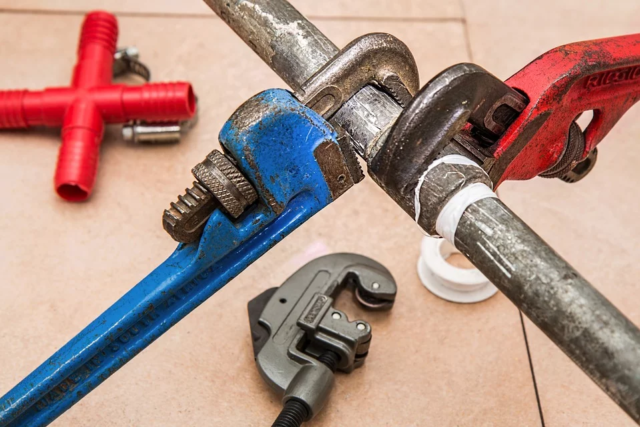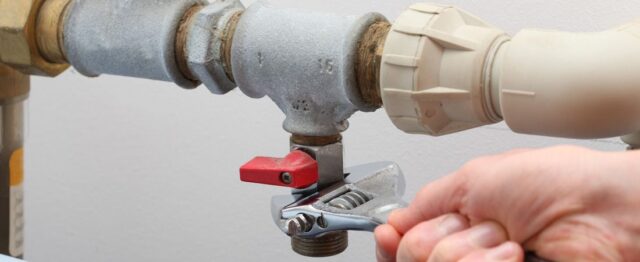
Low water pressure is the last thing you need, especially if you’re in desperate need of a shower or when you’re running late. In the worst-case scenarios, you might just see water dripping through the fixtures or no water at all. It’s impossible to deal with such issues because you need water to accomplish your daily tasks; some of which are mandatory.
If you’ve been facing this issue for a while now, it’s high time that you consider the problem and fix it right away. But there could be numerous plausible reasons for low water pressure.
So, how should you detect the issue and fix the low water pressure problem? Let’s find out.
Understanding the Problem

Now, there can be a number of reasons that cause low water pressure. The problem could be as little as having a dysfunctional shower head with a collection of debris, or as large as having leaks in the pipes. Having too many fixtures or water-consuming appliances in the house can be one problem; having leaky faucets and showerheads could be another. You should also consider the possibility of having a broken water pressure regulator that maintains the water pressure through pipes and fixtures. Finally, low water pressure could also occur due to issues in the valves if they’ve been turned off.
Some of these problems can easily be solved by you, but a few others might require some professional help from plumbing services.
How to Fix the Issue of Low Water Pressure?
According to the problem you’ve detected, you can fix this issue through these steps:
Removing Debris from the Shower Head
The first and foremost thing you need to check is the shower fixture. It’s often unseen and could actually be the main problem. It could be because of the build-up of dust or mineral and lime deposits. It’s easy to clean the showerhead on your own; you just need to use a screwdriver and clean the holes using a pointed tool. Or, you can also soak it in vinegar for a few hours to remove any additional dirt and debris. While you’re at it, also check the shower hose for leakages.
Getting a Shower Pump
A shower pump is a tool that has a built-in impeller that automatically increases the water pressure in your shower head as soon as it starts flowing from the water tank. When turned on, it changes the water pressure on its own and can be attached to the home water system. Installing a shower pump is an affordable option but might require professional plumbing help. You should also check the regulations before buying and installing a shower pump as it has the potential to damage the plumbing system. You might need special permission for this.
Checking the Valves
One of the reasons that you might be dealing with low water pressure might be because the shut-off valve wasn’t opened properly. This could be because of recent plumbing work or if the absence of residents in the house for a long time. You can either check the basement of your house or the main system that’s fixed in front of your house. There are two main shut-off valves that regulate the water pressure. The house valve should be located near the hose bib or within your basement, and the water meter valve should be located either in the basement or across your house’s street, depending on the weather conditions. Check both of these valves and ensure that they’re properly open to solve the water pressure problem. Seek professional help if any valve seems to be broken.
Checking the Pipes

Checking the pipe size is another factor that you’ll want to consider to solve this issue. It’s a no-brainer that pipes with a smaller size or diameter will not allow much water to flow through. If you have a ½” pipe installed in your house, your water pressure is bound to be less. In most houses, you can find a ¾” pipe attached to the water heater. To solve this issue of the pipes, you need to change them. Sewer and drain experts at All Service Plumbers recommend hiring professional plumbing services for a competent task like this, that is of course unless you’re an expert in plumbing yourself. At times, changing the pipes can do the trick. A pipe with a wider diameter will give way to better water pressure, solving your problem for good.
Apart from the pipe size, it’s also important to consider whether the pipes are blocked or frozen. Often, pipes can accumulate debris that might block the water from flowing. This happens when you ignore frequent maintenance checks. It’s also possible that the pipes might be frozen, causing expansion and bursts. This can only be detected and solved with professional help from expert plumbing services.







